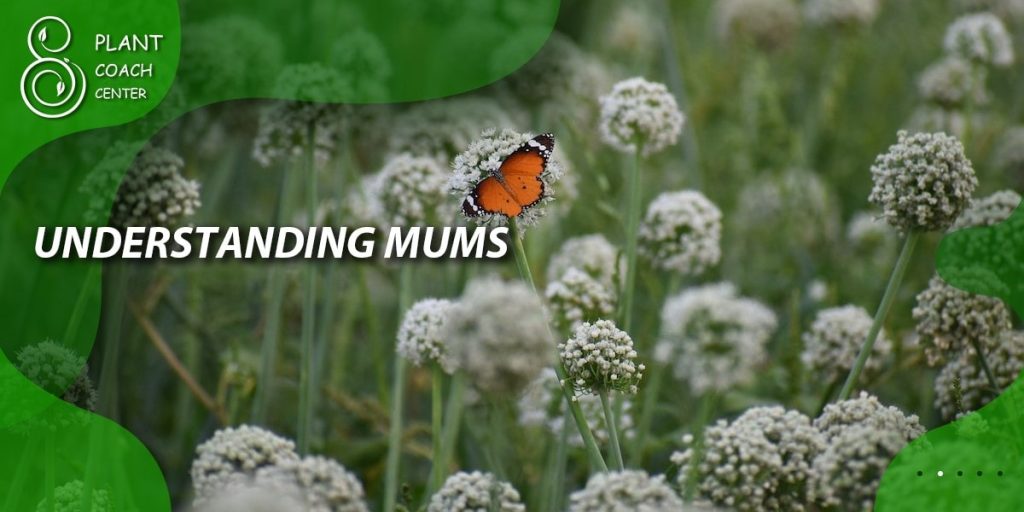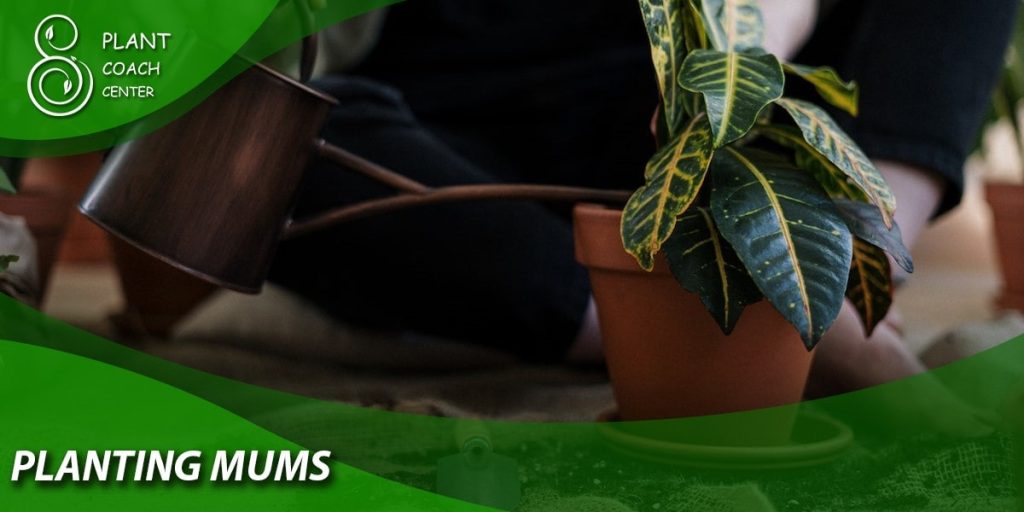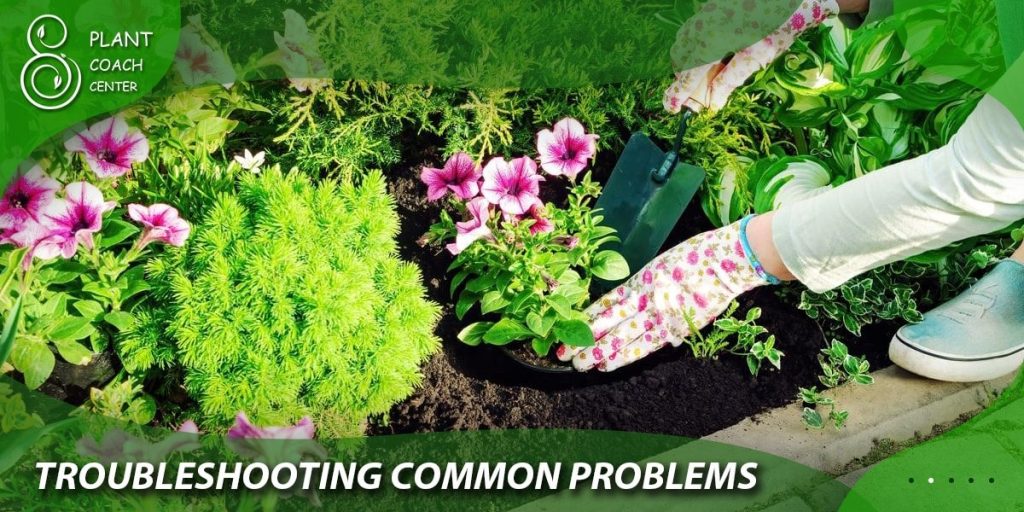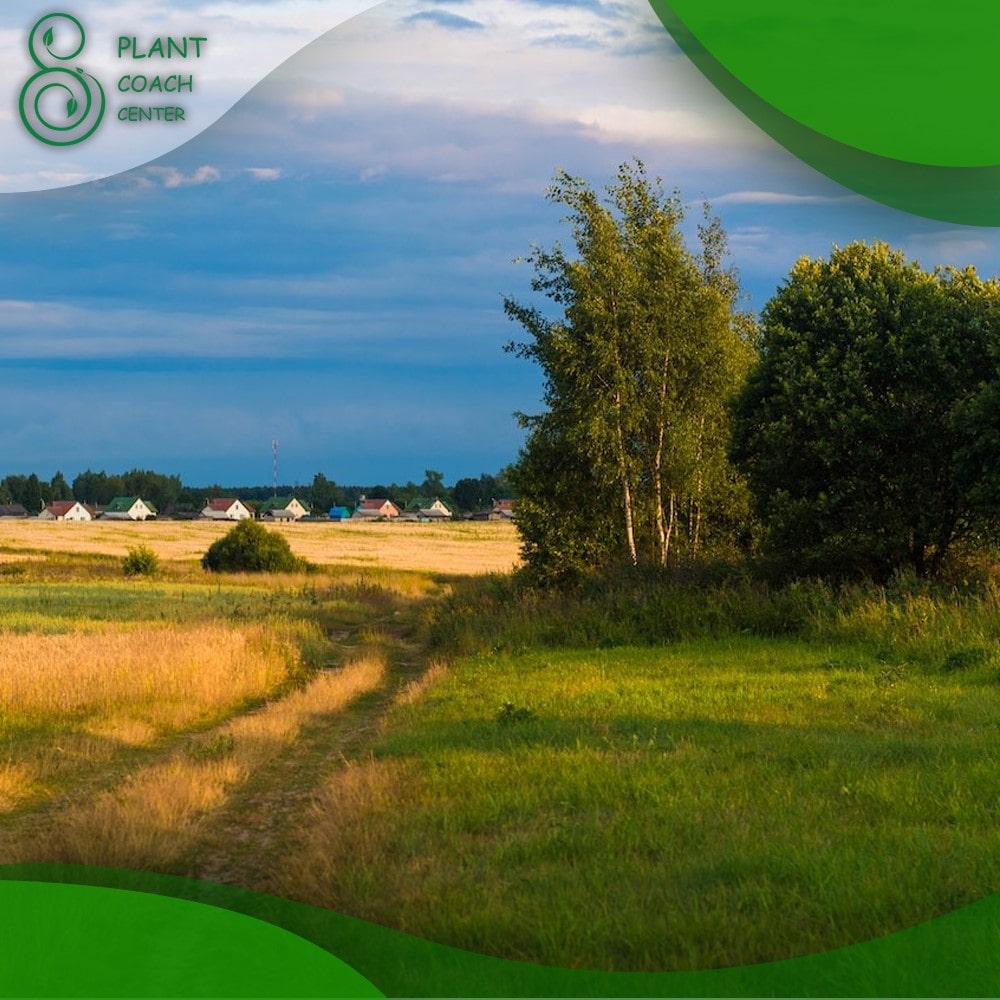When Can You Plant Mums
Mums are a popular flowering plant known for their bright colors and long-lasting blooms. Whether you’re looking to add some color to your garden or decorate your home for fall, mums are a great choice.
But when is the best time to plant mums? In this guide, we’ll explore the factors that affect planting time and provide tips for preparing and planting mums for optimal growth and beauty.

Understanding Mums
Before we dive into planting time, let’s take a closer look at mums themselves. Mums, or chrysanthemums, are flowering plants in the Asteraceae family. They come in a wide range of colors and sizes, from small button mums to large, showy blooms. Some common species and varieties of mums include:
– Garden mums (Chrysanthemum x morifolium)
– Korean mums (Chrysanthemum zawadskii)
– Pom-pom mums (Chrysanthemum morifolium)
– Daisy mums (Chrysanthemum paludosum)
Mums are generally hardy plants that can tolerate a range of growing conditions. They prefer full sun and well-draining soil, but can also grow in partial shade and tolerate some drought.
However, different varieties of mums may have different growth requirements, so it’s important to choose the right type of mum for your garden and climate.
Factors Affecting Planting Time
The best time to plant mums depends on several factors, including climate, soil conditions, geographic location, and planting zone. Let’s take a closer look at each of these factors:
Climate and Temperature
Mums are generally considered a fall-blooming plant, but the exact timing of their bloom depends on the climate and temperature of the growing region. In general, mums prefer cool temperatures with a range of 60-70°F during the day and 40-50°F at night. If temperatures are too high, mums may not bloom properly or may wilt and die.
Soil Conditions
Mums prefer soil that is moist but well-draining, with a pH range of 6.0-7.0. Soil that is too wet or too dry can lead to unhealthy plants and poor blooming. Before planting mums, it’s important to test the soil and amend it as needed to ensure optimal growing conditions.
Geographic Location
Geographic location can also affect the best time to plant mums. In regions with mild climates, such as the Pacific Northwest, mums can be planted in early spring or fall. In colder regions, such as the Northeast and Midwest, mums are typically planted in the late summer or early fall to allow time for root development before winter.
Planting Zone
Planting zone is another important factor to consider when deciding when to plant mums. Mums are generally hardy in USDA zones 5-9, but some varieties may be able to grow in zones 4 or 10 with proper care. Knowing your planting zone can help you determine the best time to plant mums and choose the right variety for your climate.

Best Time to Plant Mums
Based on the factors discussed above, there are several optimal times to plant mums depending on your geographic location and climate. Here are some general guidelines:
Early Spring Planting
In regions with mild climates, mums can be planted in early spring as soon as the soil can be worked. This allows the plants to establish their roots before the hot summer months. However, early spring planting may not be suitable for colder regions where frost is still a concern.
Fall Planting
Fall is generally considered the best time to plant mums, as they are fall-blooming plants that can tolerate cooler temperatures. In regions with mild winters, mums can be planted as late as November. In colder regions, it’s best to plant mums in early fall to allow time for root development before the first frost.
Late Summer Planting
In some regions, late summer planting may also be suitable for mums. Late summer planting allows the plants to establish their roots before the cooler fall weather. However, planting too late in the season may not allow enough time for the plants to develop fully before winter.
When deciding on the best time to plant mums, it’s important to consider your specific climate, soil conditions, and geographic location. By choosing the right planting time and providing proper care and maintenance, you can enjoy healthy, vibrant mums in your garden or home.

Preparing for Planting
Once you’ve determined the optimal planting time for your mums, it’s time to prepare your garden bed for planting. Here are some steps to follow:
Soil Preparation
Mums prefer well-draining soil that is rich in organic matter. Before planting, you should test the pH of your soil and amend it as needed to achieve a pH range of 6.0-7.0. Adding organic matter such as compost or well-rotted manure can help improve soil quality and drainage.
Site Selection
Mums prefer full sun and good air circulation to help prevent fungal diseases. Choose a site that receives at least six hours of direct sunlight per day and has good air flow. Avoid planting mums in low-lying areas that are prone to frost or that have poor drainage.
Site Preparation
Prepare the garden bed by removing any weeds or debris and loosening the soil to a depth of at least 12 inches. You can also add a slow-release fertilizer to the soil to provide nutrients for the plants.

Planting Mums
Now that you’ve prepared your garden bed, it’s time to plant your mums. Here’s how:
Choosing Healthy Plants
When selecting mums, choose plants that are healthy and vigorous with no signs of disease or insect damage. Look for plants with full, bushy growth and plenty of buds.
Planting Techniques
- Digging the Hole: Dig a hole that is slightly larger than the root ball of the plant. Make sure the hole is deep enough so that the top of the root ball is level with the surrounding soil.
- Adding Soil Amendments: Mix in some compost or other organic matter with the soil you removed from the hole.
- Planting Depth: Place the plant in the hole and backfill with the amended soil. Make sure the plant is planted at the same depth as it was in its container.
- Watering: Water the plant thoroughly after planting to help settle the soil.
- Mulching: Add a layer of mulch around the base of the plant to help retain moisture and suppress weeds.
Care after Planting
After planting your mums, it’s important to provide proper care and maintenance to help them grow and thrive. Here are some tips:
- Watering Schedule: Mums prefer moist soil but can be sensitive to overwatering. Water deeply once a week or when the top inch of soil feels dry to the touch.
- Fertilization: Apply a balanced fertilizer every 4-6 weeks during the growing season to provide nutrients for the plants.
- Pest Control: Keep an eye out for common pests such as aphids, spider mites, and thrips. Use natural or chemical remedies to control pests as needed.
- Pruning: Pinch back the tips of the plants in early summer to encourage bushy growth and more blooms. You can also remove spent blooms to help promote new growth.
Common Problems with Mums
Even with proper care, mums can sometimes develop problems such as diseases, pest infestations, environmental stress, and nutrient deficiencies. Here are some common issues to look out for:
Diseases
Fungal diseases such as powdery mildew and gray mold can affect mums, especially in humid conditions. Viral and bacterial diseases can also cause problems. Symptoms may include yellowing leaves, wilting, and stunted growth.
Pest Infestations
Common pests that can affect mums include aphids, spider mites, and thrips. These pests can cause damage to the leaves and flowers, leading to poor growth and blooming.
Environmental Stress
Mums can be sensitive to environmental stress such as drought, overwatering, and frost damage. Symptoms may include wilting, yellowing leaves, and stunted growth.
Nutrient Deficiencies
Mums may experience nutrient deficiencies such as nitrogen, phosphorus, or potassium deficiency. Symptoms may include yellowing leaves, poor growth, and small blooms.
Troubleshooting Common Problems
If you notice any of these problems with your mums, don’t worry. There are steps you can take to diagnose and treat the issue. Here are some tips:
Diagnosing Plant Problems
The first step in troubleshooting plant problems is to diagnose the issue. Look for symptoms such as yellowing leaves, wilting, or pest damage. You can also take a sample of the affected plant to a local nursery or extension office for diagnosis.
Treating Plant Problems
Once you’ve diagnosed the problem, you can take steps to treat the issue. For fungal diseases, remove affected leaves and apply a fungicide as directed. For pest infestations, use natural or chemical remedies to control the pests. For nutrient deficiencies, apply a fertilizer that’s high in the deficient nutrient.
Preventing Plant Problems
The best way to prevent plant problems is to provide proper care and maintenance for your mums. This includes watering, fertilizing, pruning, and monitoring for pests and diseases. You can also take steps to improve soil quality and drainage, and choose the right variety of mums for your climate and soil conditions.

Conclusion
Mums are a beautiful and versatile plant that can add color and vibrancy to your garden or home. By understanding the factors that affect planting time, preparing your garden bed, and providing proper care and maintenance, you can enjoy healthy and vibrant mums year after year.
Remember to choose healthy plants, plant at the right time, and provide proper care to prevent and treat common problems. With a little bit of effort and attention, your mums will thrive and bloom, providing a stunning display of color and beauty.
When can you plant mums?
Mums, also known as chrysanthemums, are typically planted in the spring after the last frost date or in the late summer or early fall for autumn blooms.
Can mums survive the winter?
Mums are generally hardy plants and can survive the winter in colder regions.
Can I plant mums indoors as houseplants?
Yes, mums can be grown as houseplants. However, they are often sold as potted plants for short-term enjoyment and may not rebloom indoors.







